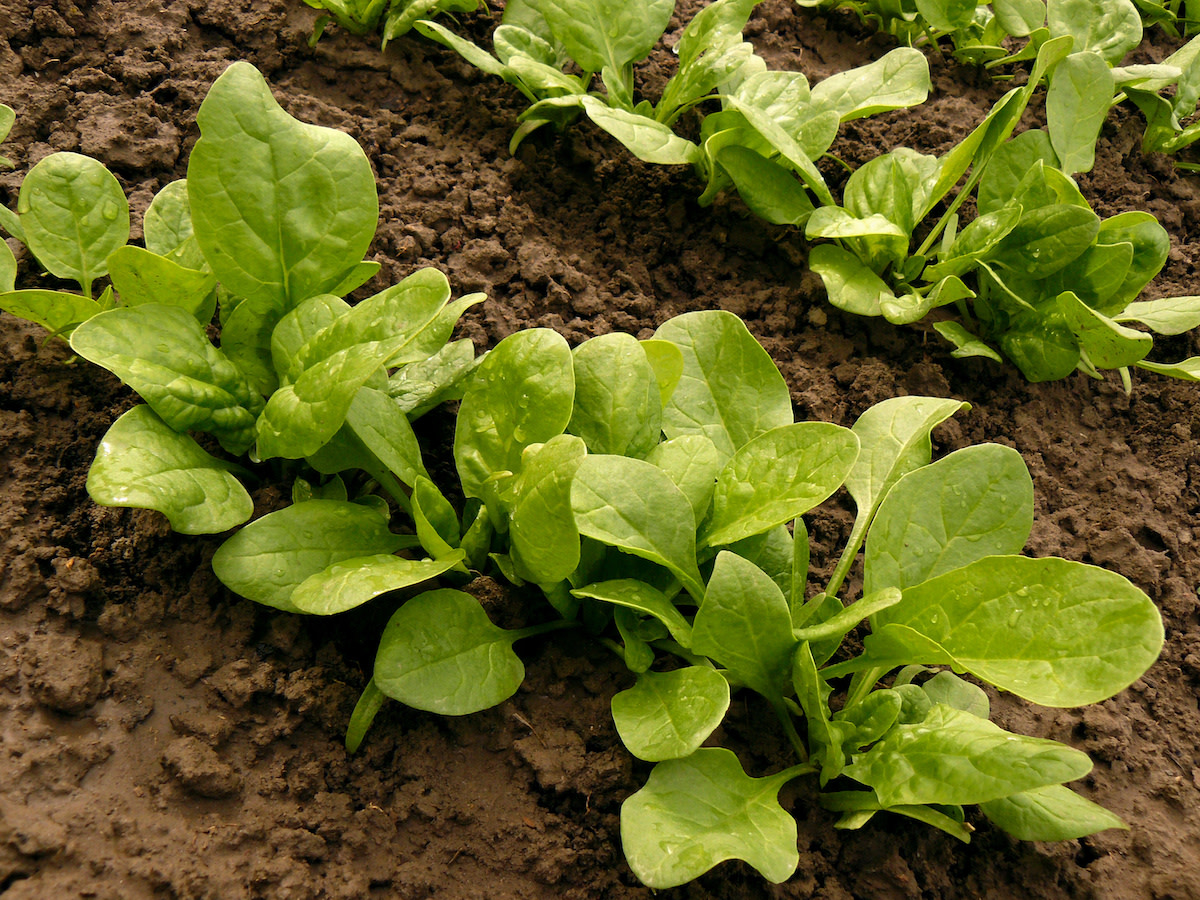How to Grow Spinach in Your Home Garden
Written by MasterClass
Last updated: Jun 7, 2021 • 3 min read
The spinach plant is a hardy, cool-weather crop. This leafy green superfood is chock full of vitamins A, B, and C, as well as potassium, magnesium, iron, calcium, and a variety of other nutrients. Spinach leaves are great for cooking or eating raw as salad greens. Planting spinach is easy and makes a great companion plant for cabbage, radishes, onions, peppers, and tomatoes.
Learn From the Best
What Is Spinach?
Spinach’s origins can be traced to central and western Asia. It is a fairly sturdy plant that is able to survive moderate winters. In fact, spinach usually tastes best in early spring, a fact that makes it popular in different cuisines around the world, as it is usually the first vegetable available after a long winter.
How to Grow Spinach
Spinach is a hardy and simple crop to plant in the early spring and in some climates, fall months. This cool-season crop’s dark green leaves need plenty of nitrogen and a temperature between 50 and 60 degrees Fahrenheit.
- 1. Prep the soil. Prepare your soil by loosening it about a foot deep (to make room for the taproot). Soil should be nitrogen-rich and well-draining. Sow seeds directly into your garden soil outside—it is not recommended to start spinach seeds indoors, as spinach have delicate roots and don’t do well with transplanting.
- 2. Plant the seeds. Plant spinach seeds about a half to one inch deep in your garden, covering lightly (another half-inch) with soil. If you live in a warmer climate, plant your spinach where it can get partial shade to keep the soil moist and prevent bolting.
- 3. Keep it cool. Spinach grows best when the soil is moist, but does not grow well in hot weather or in a soil temperature over 70 degrees Fahrenheit. Spinach needs plenty of full sun, but to keep the crop from overheating, use shade clothes as crop row covers, or plant warm weather-resistant spinach varieties, like New Zealand spinach or Malabar spinach. Watering regularly can also help keep your vegetable crop cool. Some spinach, depending on the weather, should even be watered twice a day to keep temperatures down.
- 4. Fertilize only when necessary. Fertilizer can keep your spinach flourishing and should be used if your soil pH isn’t adequate (6.5 to 7.0). If you need to, fertilize your spinach every two to three weeks, depending on which fertilizer you use.
- 5. Mulch. Mulch lightly with grass clippings or straw to keep weeds away and the soil moist, but not too much that it smothers the plant.
- 6. Thin the leaves. Overcrowding can stunt the spinach’s growth. Spinach seedlings that have sprouted two inches (at least two true leaves) should be thinned four to six inches apart to prevent the plant from overcrowding.
- 7. Check for pests or crop detriments. Leaf miners and downy mildew are two issues that can plague your spinach crop. You use companion plants, like radishes, near spinach to help keep leaf miners away. Other diseases like mosaic virus and blight can be spread by aphids, cucumber beetles, and leafhoppers. There aren’t ways to cure your crop of these diseases once inflicted, so it’s best to take steps necessary to prevent these pests and illnesses by either buying disease-resistant varieties, discarding all the affected plants (do not use sick plants as compost), or using companion planting to bring in natural defenses, as well as beneficial insects that feed on the pests.
How to Harvest Spinach
Spinach plants take about six to eight weeks to grow, but their roots are easily damaged, so be careful when harvesting. You can pick off or cut individual leaves, or harvest the entire plant at once.
If picking, remove the outer leaves from the plant every few weeks, allowing the inner leaves time to mature before plucking those as well (unless you want young spinach, where the leaves are more tender). If you prefer to harvest the whole plant, cut the spinach plant by the base. Regardless of your preference, don’t wait too long—the larger the leaves become, the more bitter they taste, so keep that in mind when harvesting spinach.
Learn More
Grow your own food with Ron Finley, the self-described "Gangster Gardener." Get the MasterClass Annual Membership and learn how to cultivate fresh herbs and vegetables, keep your house plants alive, and use compost to make your community - and the world - a better place.
